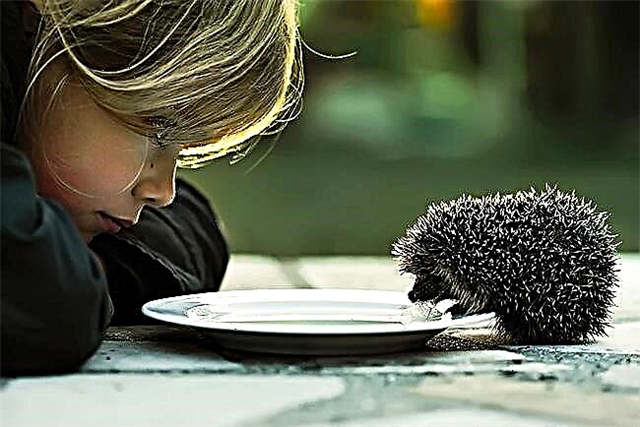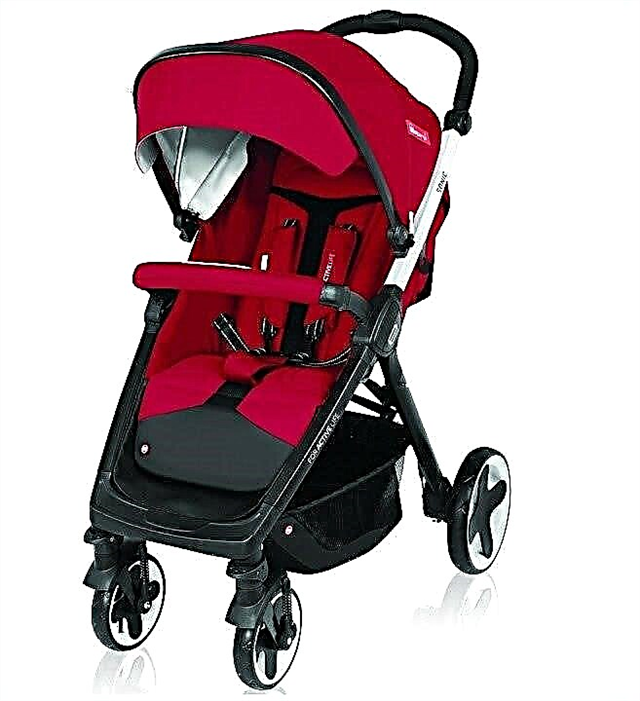
Keeping kids busy can be tricky, especially when it comes to sports training or morning exercises. To make this process easier, it is important to approach the issue correctly. For the smallest, exercises should be done in the form of an exciting game, but older children will like dance training.
In order for exercise in the form of a dance to bring not only positive emotions, but also benefit, you need to know how to correctly compose and conduct it.

Features:
To get kids involved in morning exercises, you can make it fun and musical. Original exercises performed with clockwork motives will bring great pleasure to kids.
Dance exercises for children:
- allows you to form the correct posture;
- helps the proper functioning of the blood circulation, respiratory and cardiac systems;
- promotes the development of a muscle corset;
- makes it possible to learn to move rhythmically and plastically;
- helps to coordinate movement with the musical tempo;
- develops attention and memory.


The use of music for preschool children is very important. Thanks to her, the children:
- can understand when to start and end exercises;
- determined with the pace of walking, running or other type of physical activity;
- understand the nature of the task (a slow melody sets up for a smooth execution, and a fast one for an active one);
- learn to hear music and feel it, distinguish rhythm and various transitions, join the world of beauty;
- get in a good mood thanks to cheerful and positive motives that are used in the process.
Exercising for babies should be fun, so that children are interested, so that they want to actively participate in the process. For a younger age, for example, you can use the frog dance, which does not involve complex movements and is very popular with the guys.

Types of dance gymnastics
Dance is a great opportunity to harmoniously develop a child, to bring up grace and the ability to move beautifully to music. It is very difficult to teach dancing on your own, because children are usually sent to special sections of this orientation. A great option is when music and exercise are combined together, from which rhythmic gymnastics is obtained. For those who want to show participation, but do not have serious knowledge in this area, you can use one of the easy options for conducting musical exercises. There are several types of such gymnastics.
- Traditional. It includes warm-up and general developmental exercises. It is important to select the musical score to suit the type of work. For warm-up - an average tempo and a pleasant melody for awakening, for the main part - cheerful and cheerful music that energizes and generates a desire to move to the beat. For a hitch, calm melodies are selected, under which it is good to stretch and exercise to restore breathing.

- Thematic. It is planned by parents or a kindergarten teacher, dedicated to the seasons, topics covered, upcoming holidays, etc. It is important to create a special complex with specially selected musical accompaniment. This will help the child remember not only the exercises themselves, but also the reason for which they were carried out.
- Subject. It should be carried out in the form of a game on a certain plot: a hike, a walk, fairy tales, travel, etc. In this case, in addition to physical activity, the child's imagination works, the speech apparatus develops and the ability to penetrate the atmosphere that was proposed.


- Regular dance. For its implementation, you can use rhythm, parterre gymnastics, dance steps of different levels of difficulty, elements of a round dance for groups of more than three people. This charging option allows you to teach children through movement to convey certain images, as well as to join the culture of their homeland.
- Unconventional. It is performed using auxiliary sports equipment (fitballs, steps, hoops or gymnastic sticks). It is important here that an adult knows how to properly work with equipment and effectively teach this to children.
In order to do music exercises, it is important to have a suitable room. It is necessary to ventilate it before starting the class to ensure that the child wakes up faster and is as active as possible.


Interesting options
Dance exercises are successfully carried out both in the kindergarten and at school. The complexes differ only in their content. Consider several options suitable for preschool children, including simple movements.
"Three pigs"
Appropriate music and interesting exercises are selected:
- half-squats with knees turning to the right and left sides alternately with a change for each count;
- half-squatting and lifting, first with one leg forward on the toe, and then the other leg;
- half-squatting and lifting on toes, spreading the arms to the sides below (as if surprised) in one direction or the other.


During the chorus, there is an imitation of working with an ax: hands should be squeezed from above in the lock and, bending forward, as if chopping wood with a return to its original position. This is followed by jumping, imitating the pursuit of one's own tail (you need to jump, turning 180 degrees to catch the tail).
On the second verse, they alternately put their feet on the heel forward for each count, while placing their hands on the sides. After that, all previously done movements are repeated. The complex ends with a loss, in which you need to squat, turning your knees to the right and left.

"Drum"
- Basic position: legs apart, arms down. You need to raise your hands to the sides, as if showing the size of the drum.
- Legs apart, arms folded behind your back. You should bend down and, tapping on your knees, reproduce the sound of a drum roll. After that, you need to return to the main stance.
- The basic position is the same as in the first exercise. There is a stamping of feet on the floor (like a march of drummers).


"Beanbag"
- Legs apart, hands down. You should take a rattle in your right hand, raise it up, make some noise to the music and lower it. Then the actions should be repeated with the left hand.
- The main point is the same. With a rattle, you need to knock on the knee with one hand, then with the other.
- Squatting is performed with the rattle lowering to the floor with one hand, then lifting to the starting position is carried out. Then squat and lift the rattle with the other hand.

An example of dance exercises, see below.



